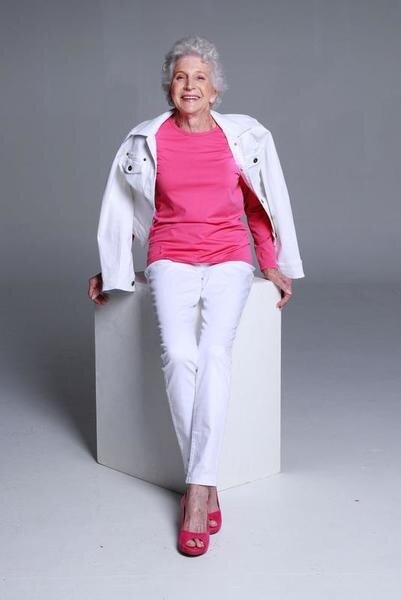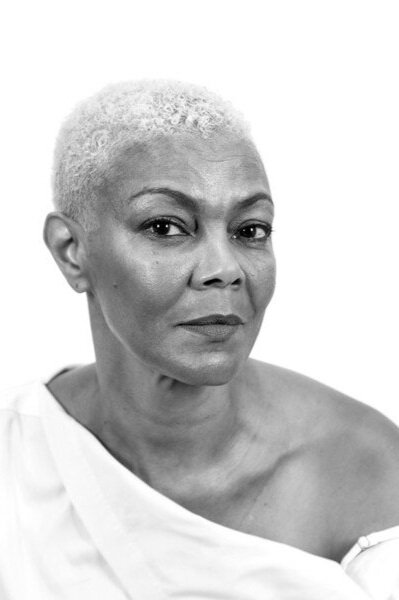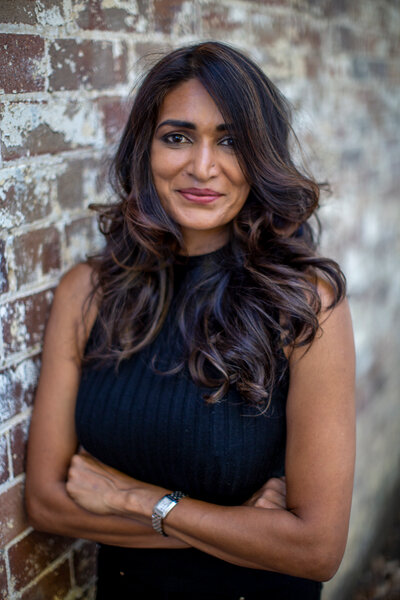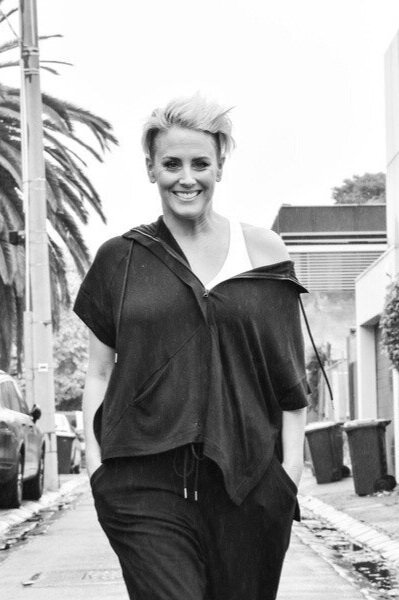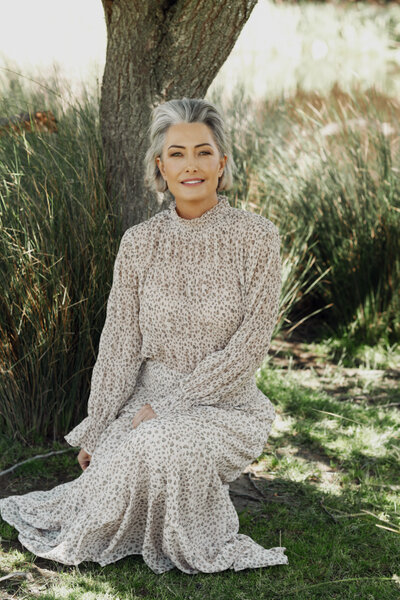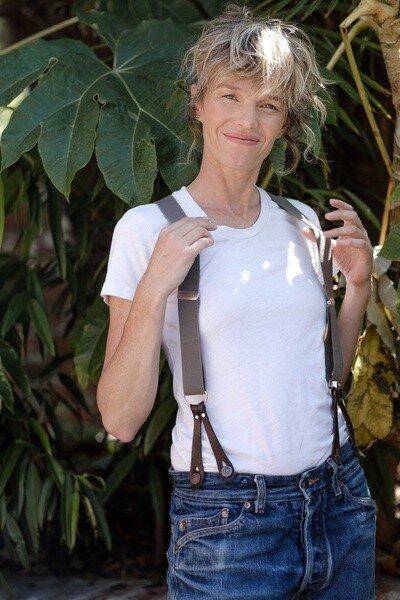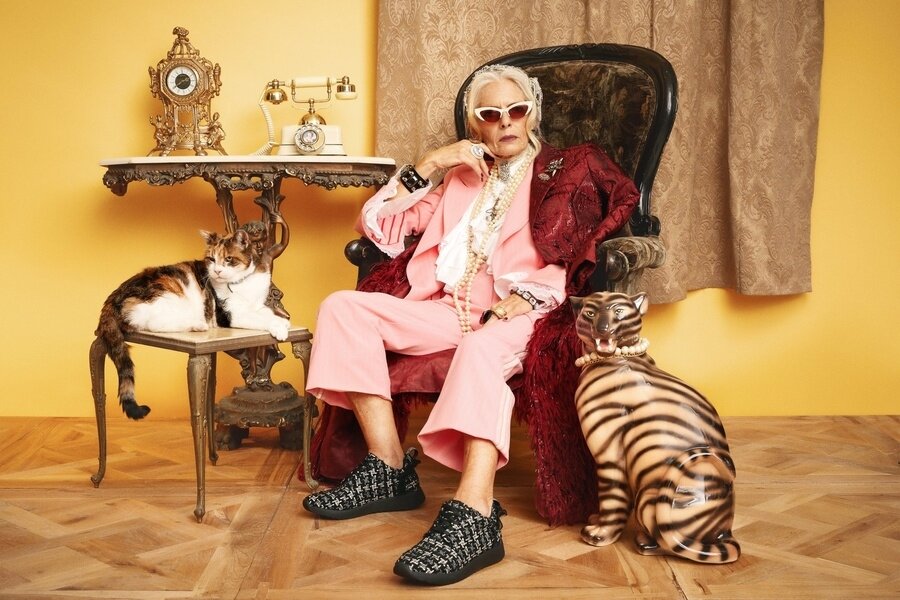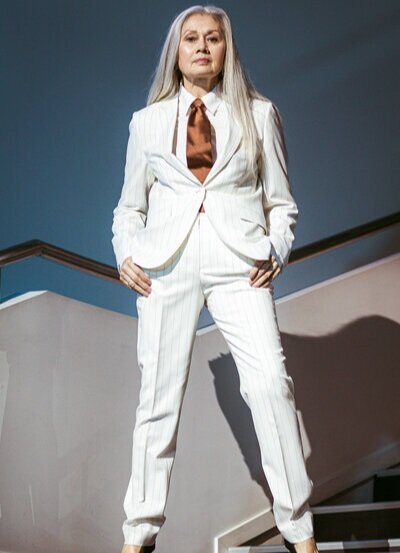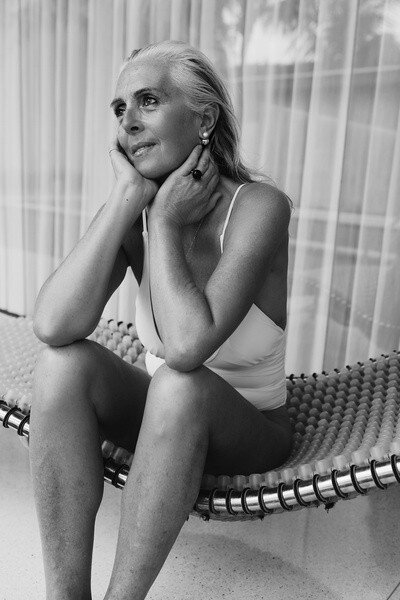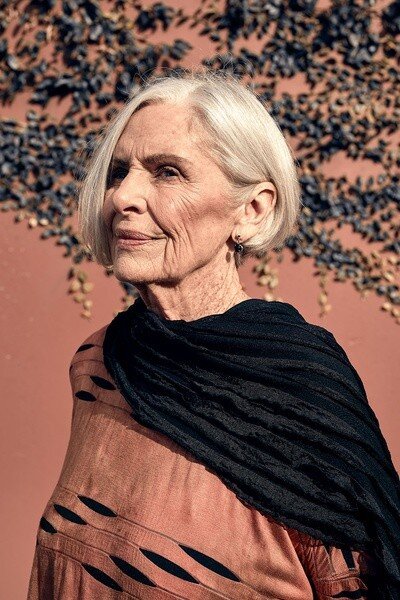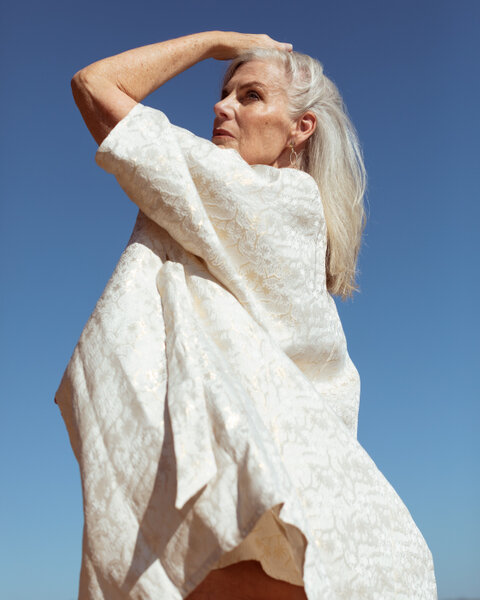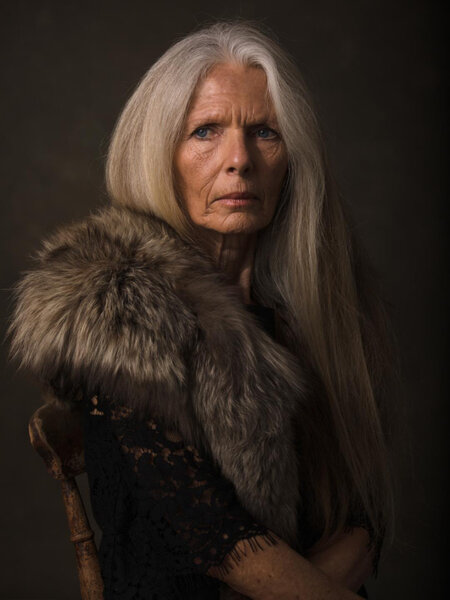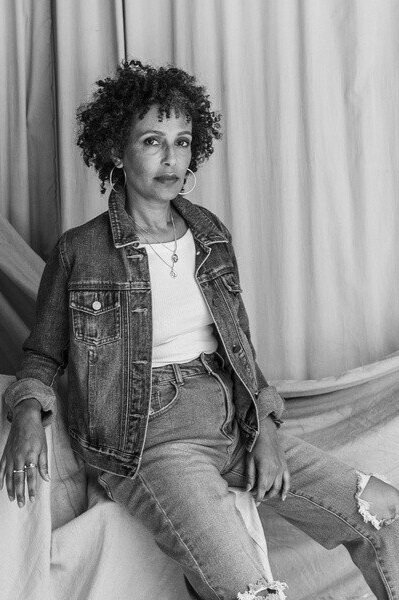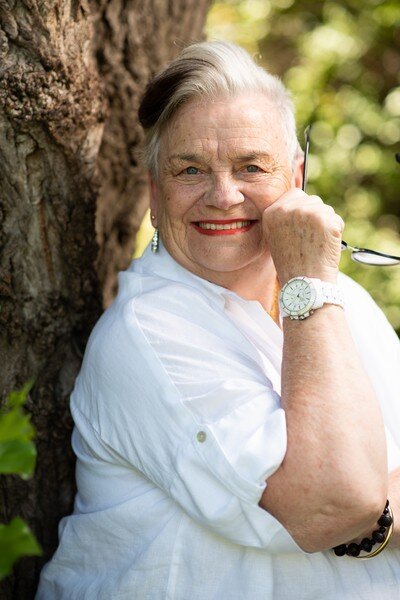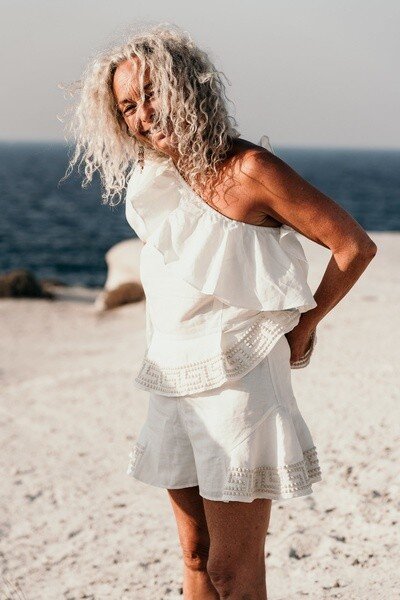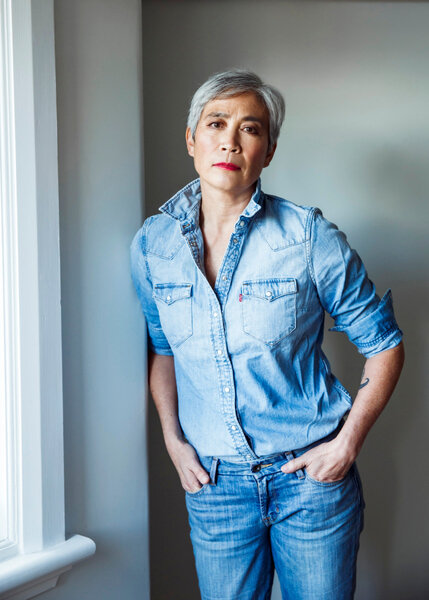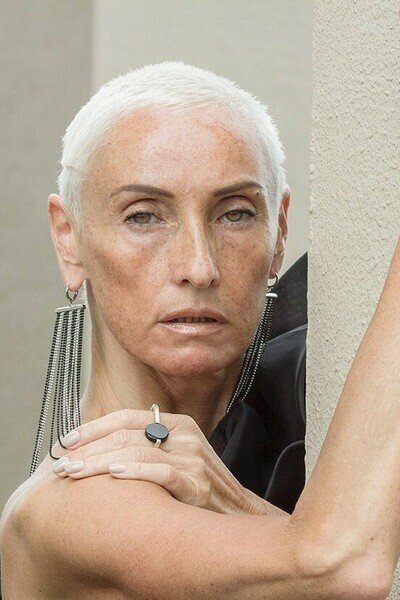You’re Never Too Old To Model
In 2015, Brigitte Warne and business partner Georgia Branch started Silverfox, Australia’s first agency for mature-age models. They built the company while working full-time for other businesses but now have more than 400 models on their books, and offices in Melbourne, Sydney, Brisbane and New Zealand. Here Brigitte tells how it all started.
What gave you the idea to start Silverfox?
Georgia was in public relations and I had a couple of [wellness-related online] businesses and was modelling full time when we met. We were chatting about the modelling industry and she goes, “You won’t believe what agencies send us when we ask for mature models. I get sent you [Brigitte was in her mid-20s at the time], you’re considered a mature model.” We were laughing but we were both thinking there’s such a gap in the market there. I knew the industry inside and out – even though I was only 25 I’d been in it for nearly 10 years – and Georgia had a client’s perspective. We started to look at trends overseas and saw there was an age diversity movement. We realised if we got on this trend early enough, we could make something of it. Things just snowballed from there.
Where do you find your older models?
When we started Silverfox, you were considered mature if you were a 25-to-35-year-old model. There were maybe three or four models in Australia who were over that and there was no way they were going to jump ship to this little unknown agency. So we held an open casting and trained people if we had to. We had over 100 people apply. We didn’t do any paid marketing, just word of mouth and social media. We whittled it down to about 20 and ended up signing about 10 people; that was our core.
I also started street scouting and, all of a sudden, I couldn’t stop noticing people who could be models. I’d walk down the street and think, “She has so much potential or, look at him, he’s got so much style.” I would approach them in shopping centres. I felt a bit awkward in the beginning, but once we had a website up and running we could say, “Check out the website. Have a look at what we’re doing.” No-one we spoke to declined, everyone was keen even though we had nothing to show for it yet. And then we started to get quite a lot of good publicity.
The things that I look for are personalities, because you get so much personality from people who have life experience and that is the heart of the business. That’s what our clients love: they’re getting ambassadors as opposed to just a model.
I get messages from people I know saying, “I was just in a store and the most amazing woman served me. You’ve got to go check her out.” We have an application page on the website and in the last two months we had more than 300 applications.
What is it like working with first-time models?
Originally, I thought it would be hard finding people willing to put themselves out there, but no, that was easy. What was hard was finding people who were then happy to be moulded and take on new information and get out of their comfort zone. In the beginning, 90 per cent of the models had never, ever, modelled. I would organise a day where they would shoot their first portfolio and I would go with them. Between myself, the photographer, the stylist, the make-up artist, and the model, we’d work together – train, learn and just have a really good time.
Recently, I ran a workshop, so anyone who wanted to learn how to do a TV commercial audition would know what to expect and learn what the client is looking for. We’ve done casting and modelling workshops, too.
What sort of work do your models do?
Patricia, who is 86, is one of our oldest models. She’s done a shoot for shopping centres, she’s done some fashion and she’s killing it. Another model, Elizabeth, who is 82, has done some hair shoots. When we started, it was aged care, superannuation, pharmaceuticals. What we’ve been able to do is really transform that perception and show that older people can do fashion, they can do TV commercials, they can sell luxury cars. They can do it all.
We had five models walk Sydney Fashion Week earlier this month; when we started the agency we said our goal was to get one model walking at Fashion Week, because no-one would touch them. One designer, Thomas Puttick, took a chance and put three of our models (all between the ages of 45 and 60) on the runway in 2018 and he got more PR coverage than anyone.
What does a model’s life look like?
It’s different for every person. You might work once a month or you might work twice a year but book two $20,000 jobs. Or you might be someone who books more of those smaller jobs that are $1000 to $3000. Some of our models get catalogue jobs working for between $150 and $200 an hour, but they might work one day a week every three weeks. Our fashion models might only work when it’s Fashion Week or they might get editorial or high-fashion campaigns. We’ve got some models in their 40s and 50s that are earning upwards of $80,000 a year who are our top earning models. Then we have models who might make $3000 to $6000 a year, it can really vary.
An early challenge was getting models to castings because no-one wants to drive for an hour, then sit there for an hour, then have a 10-minute casting, get back in the car and drive home, and not get paid for it. But what we have found to be even more challenging is getting someone in their 70s to do a self-casting tape and then upload it to a program to send it across to a client. That is really challenging to explain. Some of our models don’t even have phones that have cameras.
The rewards?
I just love my work, it’s so fun, and the models are so grateful to have this opportunity to put themselves out there. It’s cool, it’s really different and very special. I’m very lucky.
Want more Tonic delivered straight to your inbox? Subscribe here

